.png)
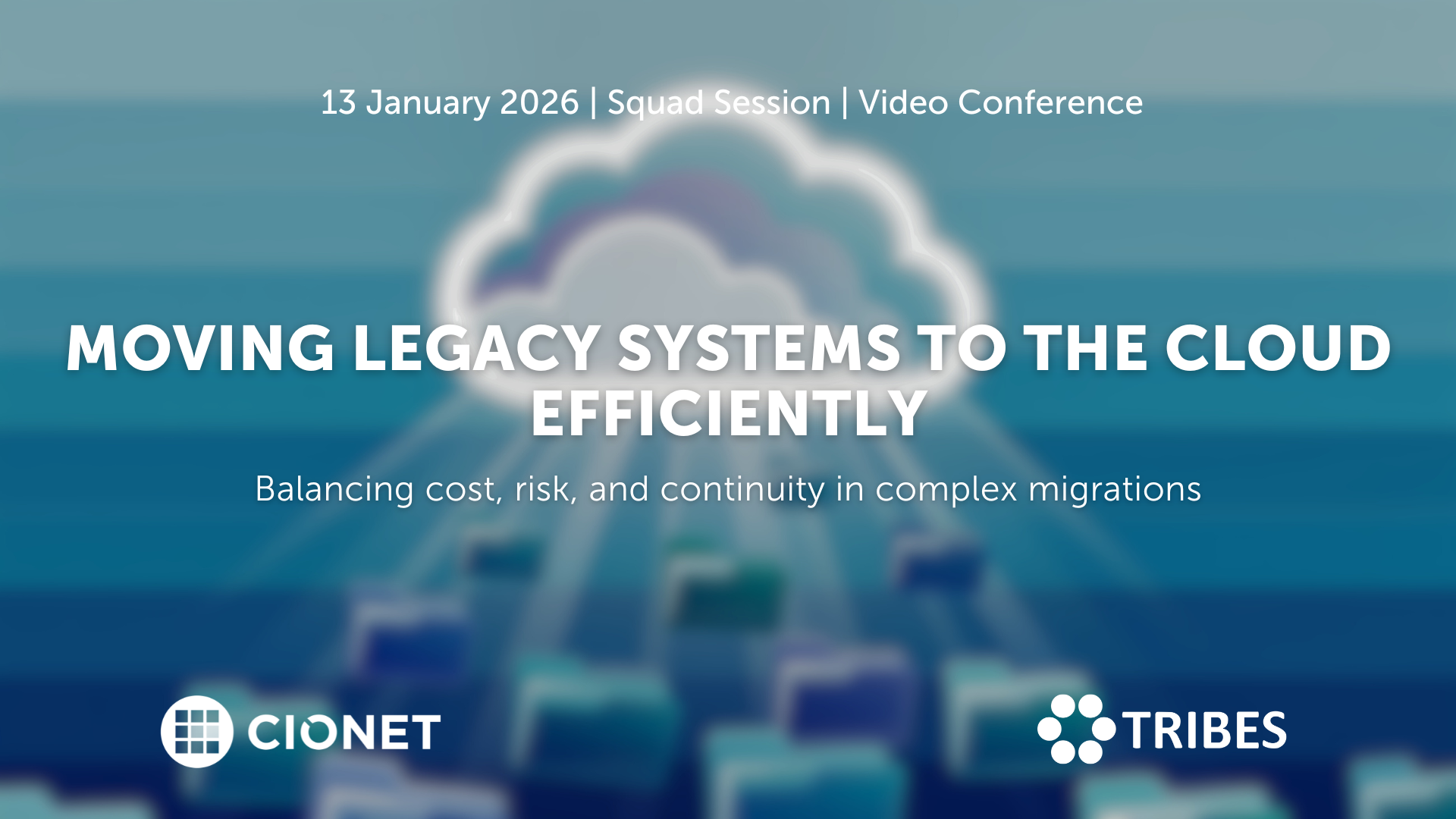
Belgium 13-1-26 Squad Only Virtual english
Migrating legacy systems to the cloud remains one of the toughest balancing acts in IT. Every choice affects stability, cost, and trust at once, and what starts as a modernisation effort quickly turns into a negotiation between ambition and reality. Suddenly budgets rise, dependencies appear late, and timelines tighten as old architectures collide with new expectations. In the end, success depends on sequencing, ownership, and aligning business priorities with infrastructure limits, and not only on technical readiness. Making it work requires more than a plan on paper. Knowing which systems genuinely belong in the cloud, which can wait, and which should stay put shapes the entire roadmap and defines its success. Each refactoring decision sets the level of future flexibility, but it also drives cost and risk. The trade-offs between speed, sustainability, and resilience only become clear once migration begins and pressure builds. Let’s discuss how to plan migrations that stay on track, manage hidden dependencies, and handle downtime with confidence. Let’s also discuss how governance, testing, and vendor coordination keep progress visible and credible. Are you in? A closed conversation for those who turn cloud migration from a disruption into a long-term advantage.
Read More.png)
Belgium 20-1-26 All Members Physical english
CIOs today are being judged less as technology leaders and more as portfolio managers. Every euro is under scrutiny. Boards and CFOs demand lower run costs, higher efficiency, and clear ROI from every digital initiative. Yet, they also expect CIOs to place bets on disruptive technologies that will keep the enterprise competitive in five years. This constant tension is redefining the role. In this session, we go beyond FinOps and cost reporting to tackle the strategic financial dilemmas CIOs face.
Read More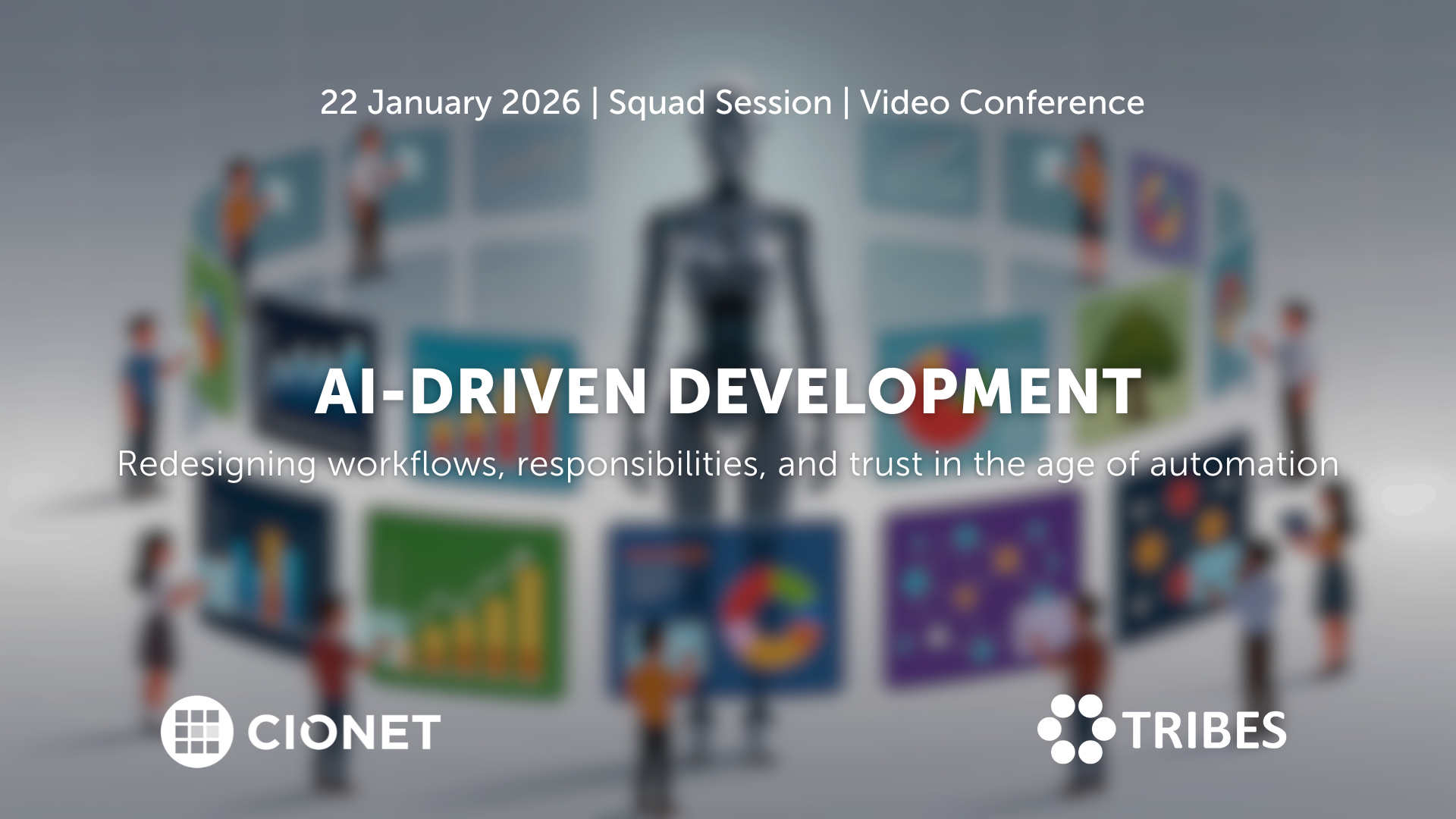
Belgium 22-1-26 Invitation Only Virtual english
AI coding assistants entered development teams quietly, but their impact grows by the day. What started as autocomplete now shapes architecture decisions, documentation, and testing. And when productivity gains are visible, so are new risks: security blind spots, uneven quality, and the slow erosion of shared standards. Teams move faster, but not always in the same direction. The challenge has become integration rather than adoption. And new questions have risen: how do you blend automation into established practices without losing oversight? When is human review still essential, and what should the rules of collaboration between developer and machine look like? As AI tools learn from proprietary code, where do responsibility and accountability sit? Let’s talk about how to redefine those workflows, balancing creativity with control, and protecting code quality in a hybrid human-AI environment. A closed conversation on where AI accelerates progress, where it introduces new debt, and how development culture must evolve to stay credible.
Read More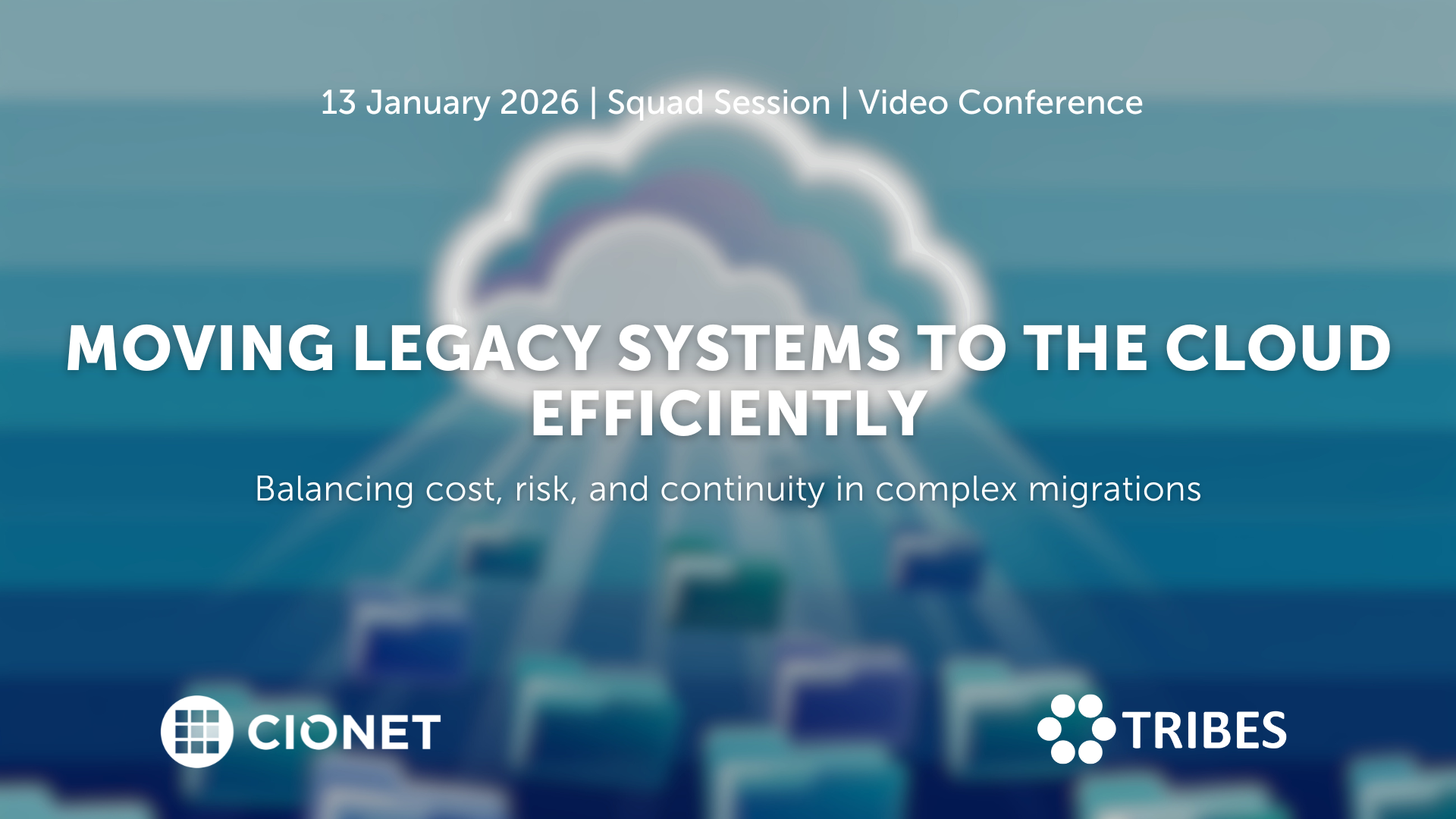
January 13, 2026 Squad Session Invitation Only Virtual english
Migrating legacy systems to the cloud remains one of the toughest balancing acts in IT. Every choice affects stability, cost, and trust at once, and what starts as a modernisation effort quickly turns into a negotiation between ambition and reality. Suddenly budgets rise, dependencies appear late, and timelines tighten as old architectures collide with new expectations. In the end, success depends on sequencing, ownership, and aligning business priorities with infrastructure limits, and not only on technical readiness. Making it work requires more than a plan on paper. Knowing which systems genuinely belong in the cloud, which can wait, and which should stay put shapes the entire roadmap and defines its success. Each refactoring decision sets the level of future flexibility, but it also drives cost and risk. The trade-offs between speed, sustainability, and resilience only become clear once migration begins and pressure builds. Let’s discuss how to plan migrations that stay on track, manage hidden dependencies, and handle downtime with confidence. Let’s also discuss how governance, testing, and vendor coordination keep progress visible and credible. Are you in? A closed conversation for those who turn cloud migration from a disruption into a long-term advantage.
Read More
January 22, 2026 Squad Session Invitation Only Virtual english
AI coding assistants entered development teams quietly, but their impact grows by the day. What started as autocomplete now shapes architecture decisions, documentation, and testing. And when productivity gains are visible, so are new risks: security blind spots, uneven quality, and the slow erosion of shared standards. Teams move faster, but not always in the same direction. The challenge has become integration rather than adoption. And new questions have risen: how do you blend automation into established practices without losing oversight? When is human review still essential, and what should the rules of collaboration between developer and machine look like? As AI tools learn from proprietary code, where do responsibility and accountability sit? Let’s talk about how to redefine those workflows, balancing creativity with control, and protecting code quality in a hybrid human-AI environment. A closed conversation on where AI accelerates progress, where it introduces new debt, and how development culture must evolve to stay credible.
Read More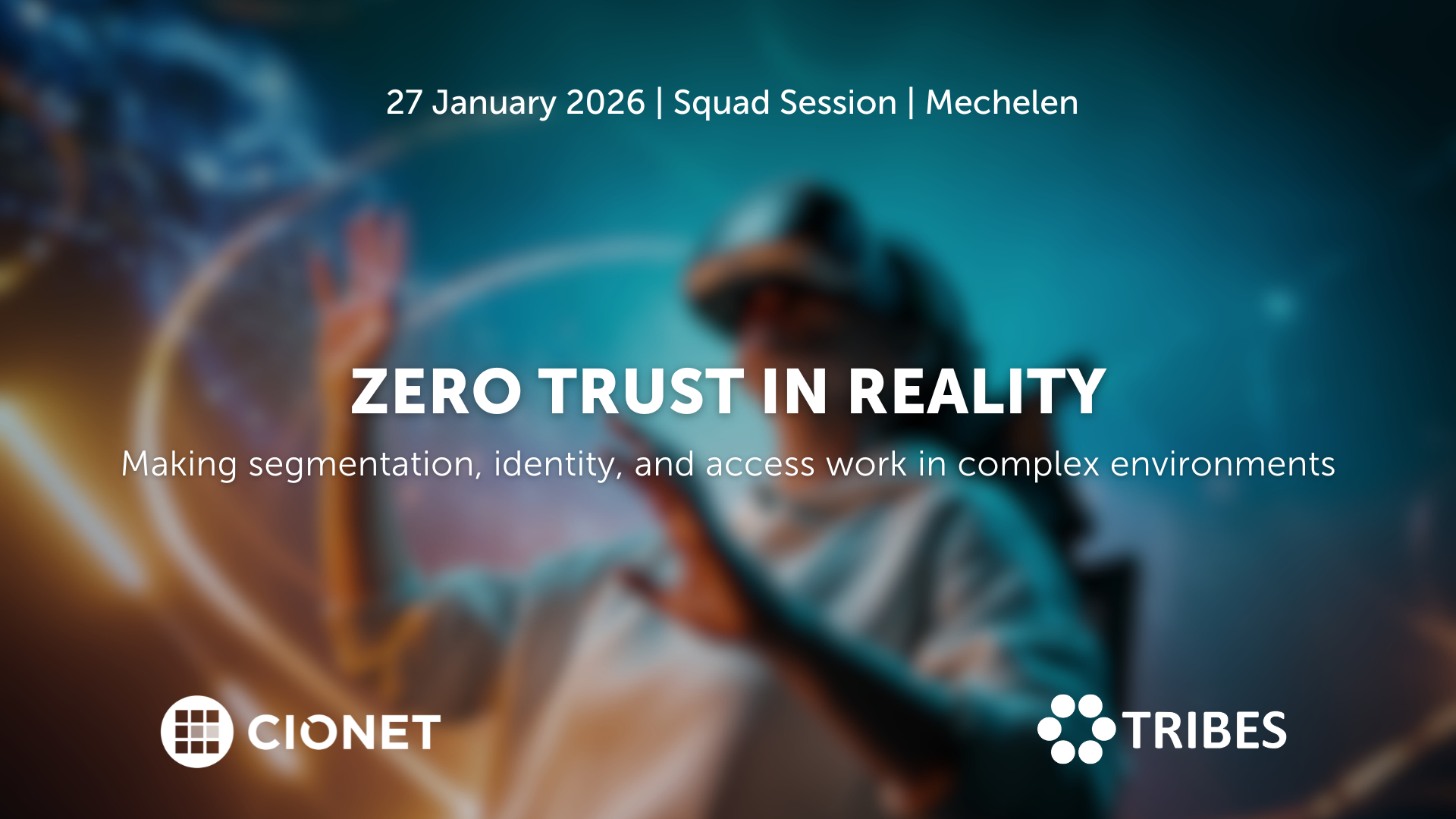
January 27, 2026 Squad Session Invitation Only Physical english
Zero Trust sounds simple on paper: trust no one, verify everything. But once you start implementing it, the fun begins. Legacy systems, hybrid networks, and human habits don’t read the manual. The idea is solid; the execution, not so much.
Read More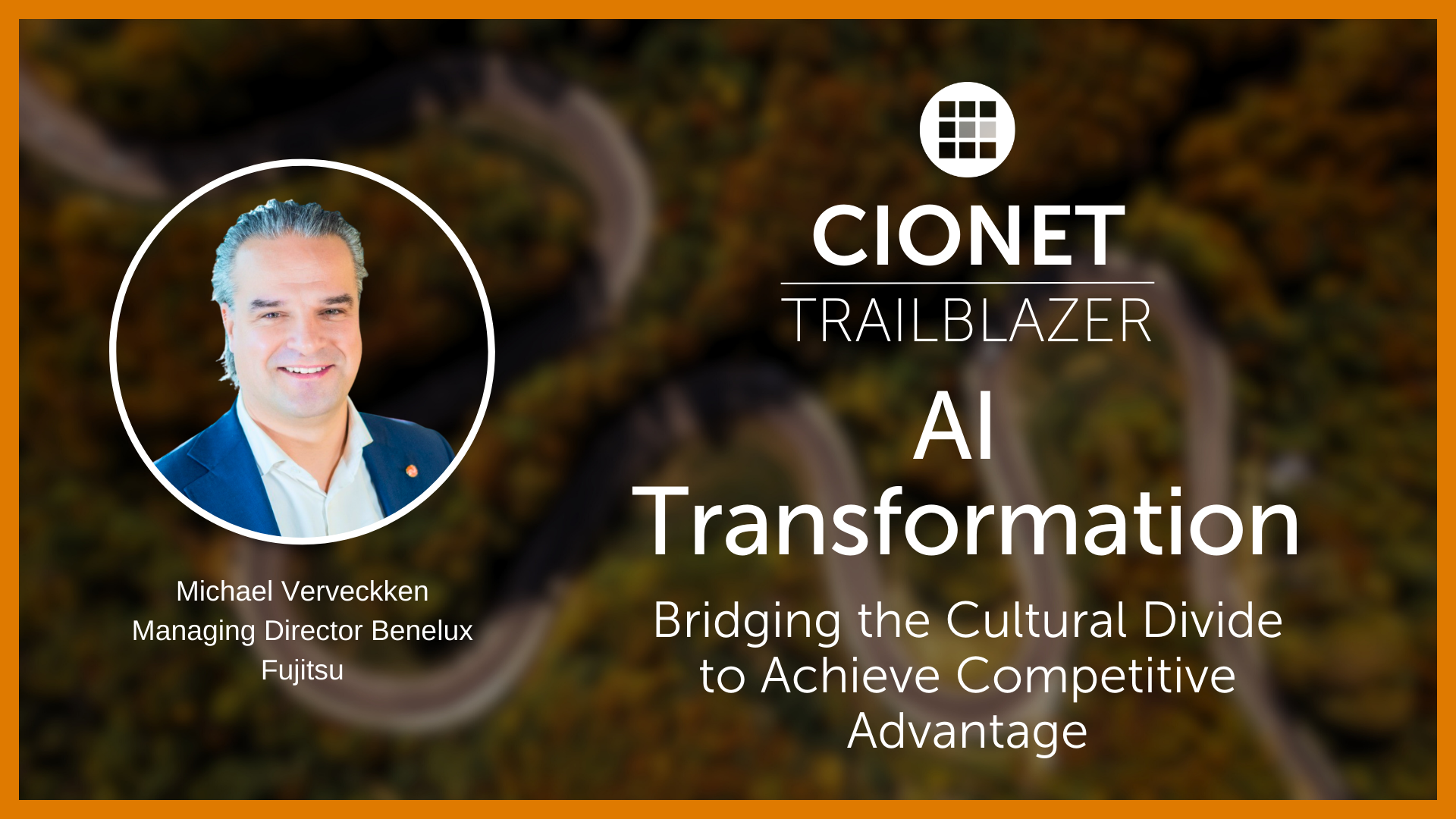
CIONET Trailblazer: AI Transformation: Bridging the Cultural Divide to Achieve Competitive Advantage
Published on: December 17, 2025 @ 9:16 AM
Searching for life on Jupiter’s icy moon.
NASA brings the public onboard the Europa Clipper mission.
From sending rovers to Mars to designing instruments for space telescopes, NASA’s Jet Propulsion Laboratory (JPL), managed by the California Institute of Technology, has been on the forefront of space science since 1936.
As all missions are taxpayer funded, JPL aims to disseminate information about its missions and the science behind them as widely as possible — across the United States and to partners worldwide. When engaging with the public, JPL’s Public Engagement team focuses on what makes each mission unique, from what scientific lessons may be learned to what new innovations are required to accomplish those goals.

Adobe Substance 3D Stager scene depicting Clipper spacecraft on a flyby over Europa's surface with Jupiter rising in the background.
One of NASA’s most exciting upcoming missions is Europa Clipper, when NASA will send its largest ever planetary mission spacecraft to explore one of Jupiter’s 80 plus moons, Europa. Slightly smaller than Earth’s moon but one of Jupiter’s largest, what makes Europa so special is its icy shell. And where there is ice, there is potential for liquid water — and where there is liquid water, there is potential for life. Europa has all of the ingredients for life: water, chemistry, and energy. In October 2024, NASA plans to launch the Europa Clipper spacecraft to conduct detailed investigations of Europa and possibly answer the intriguing question of whether there is life, or the potential for life, under the ice.
JPL planned a multi-layered campaign to engage the public on this mission: an engaging website, in-person events such as a touring road show and pop-up events at aquariums, and the Message in a Bottle campaign that invites individuals to send their name into space alongside a poem from U.S. poet laureate Ada Limón. But the organization was also interested in creating an immersive 3D experience with augmented reality (AR) to encourage interaction and help the public — from die-hard space fans to people who have never heard of Jupiter’s moons — understand the scale of the Europa Clipper and its mission.
JPL oversaw the development of ClipperAR: an immersive augmented reality experience built on Adobe Aero that allows the public to explore Europa and the Europa Clipper spacecraft. The Substance 3D team at Adobe created the groundbreaking experience using the Adobe Substance 3D Collection and Adobe Creative Cloud apps, turning actual NASA assets and data into photorealistic 3D models still light enough to run on a mobile device for a seamless AR experience.
“For NASA, scientific accuracy is a priority. The ability to plug in existing NASA satellite images to Substance Sampler and produce 3D material which precisely matches Europa's surface in real life, was huge.”
Vladimir Petkovic - Creative Director, Substance 3D team, Adobe
The Adobe Substance 3D team started with source materials from NASA — including 3D models of the Clipper and its instruments — and upleveled the models with Substance tools to create even more realistic, AR-friendly lightweight assets. 3D artists first cleaned up geometry and then retextured assets using Substance 3D Painter. Some of the textures came from the Substance 3D Assets library, while others were custom materials created using the node-based workflows in Substance 3D Designer. By layering materials together with Substance Painter, artists captured the slight bumps and imperfections that create complex light patterns to make the Clipper feel real.
The updated 3D models can be reused across multiple contexts, from the JPL website to marketing imagery. The Adobe 3D team used the updated Clipper model to create a hero image that JPL’s Public Engagement team use when marketing the ClipperAR experience. The image shows the Clipper flying in front of Jupiter, with the icy surface of Europa beneath it. By feeding Sampler with satellite images of Europa's surface, the Adobe team used Sampler to extract elevation data and produce a material which illustrates how this terrain looks in real life.

NASA satellite data was used to extract the elevation map using Adobe Substance Sampler and then a 3D model of the surface was made in Adobe Substance Painter.
“For NASA, scientific accuracy is a priority,” says Vladimir Petkovic, Creative Director, Substance 3D team at Adobe. “The ability to plug in existing NASA satellite images to Substance Sampler and produce 3D material which precisely matches Europa's surface in real life, was huge. While we could have done this manually, working with NASA's source data allowed us to improve accuracy and speed up our creative workflow. I used Substance 3D Stager to set up a 3D scene where I could adjust the lighting, camera angle, and composition very quickly to achieve just the right image to visualize the magnitude of the Europa Clipper mission.”
When people open ClipperAR, they are greeted by the solar system spinning amongst a field of stars with the title, “Journey to an Ocean World.” The planets then fade away to highlight Jupiter, followed by Europa. Users are invited to click on three buttons — Water, Chemistry, and Energy — to hear narration and watch infographics that explain how these elements can combine to form life. Finally, they are introduced to the Europa Clipper itself. People can walk around the Clipper, view it from different angles, and click on points of interest to get a closer look at individual instruments, such as the magnetometer used to measure magnetic fields or the imaging system that will capture both color and stereoscopic images.
The Adobe 3D team started designing the experience by creating storyboards and a compelling script. This was followed by an animatic designed in Premiere Pro to visualize the important interactivity and narrative flow of the AR experience. Once approved, the team got to work creating nearly 146 assets, including 2D and 3D visuals, text, audio, and animated sequences, using Adobe Creative Cloud apps.

AR 3D assets showcasing Europa in three states: 1) as a whole 2) cross-section revealing a giant ocean under its icy crust, and 3) cross-section revealing its heated iron core and suspected geo-thermal activities.
Artists used Photoshop to clean up and create new images, such as images of the planets and the field of stars. The 2D interfaces and text displays were created in Illustrator, while After Effects turned some of those elements into animated infographics and titles. While Adobe Stock contributed some of the music and sounds, users are drawn into the experience through narration done by JPL MediaLab and edited using Audition. Media Encoder then takes all of these assets and optimizes formats for the mobile AR experience.
The Adobe 3D team brought the experience to life within Aero using 30 interactive triggers, 585 actions, and more than 50 animations. The triggers and actions power the interactivity and movement that makes the AR experience so compelling, such as the ability to click on a pop-up button and see the image of Europa fade away to reveal an explanation of energy.
Since 75% of the visitors to the JPL website come from a mobile device, mobile accessibility was a must. “One of the biggest benefits of using Aero is how accessible it is,” says James Zachary, Animation and Interaction Director at Adobe. “What is exciting about Aero is that people can experience AR without needing to download an app. They can just scan a QR code on their mobile device and launch the experience. This lowers the barrier of entry and makes it much easier to distribute the experience anywhere.”

3D Model image of Europa Clipper spacecraft from NASA with surface reworked in Adobe Substance Painter.
JPL plans to use both the full "Journey to the Ocean World" experience and a shorter, Clipper spacecraft-only AR experience at live events leading up to the October 2024 launch date. Built with the textured and scientifically accurate assets of the Europa moon and spacecraft, the interactive ClipperAR experience helps JPL engage, educate, and connect the public to the mission.
Adobe Aero Adobe Creative Cloud Adobe Substance 3D Collection
253 Views 0 Likes Read More
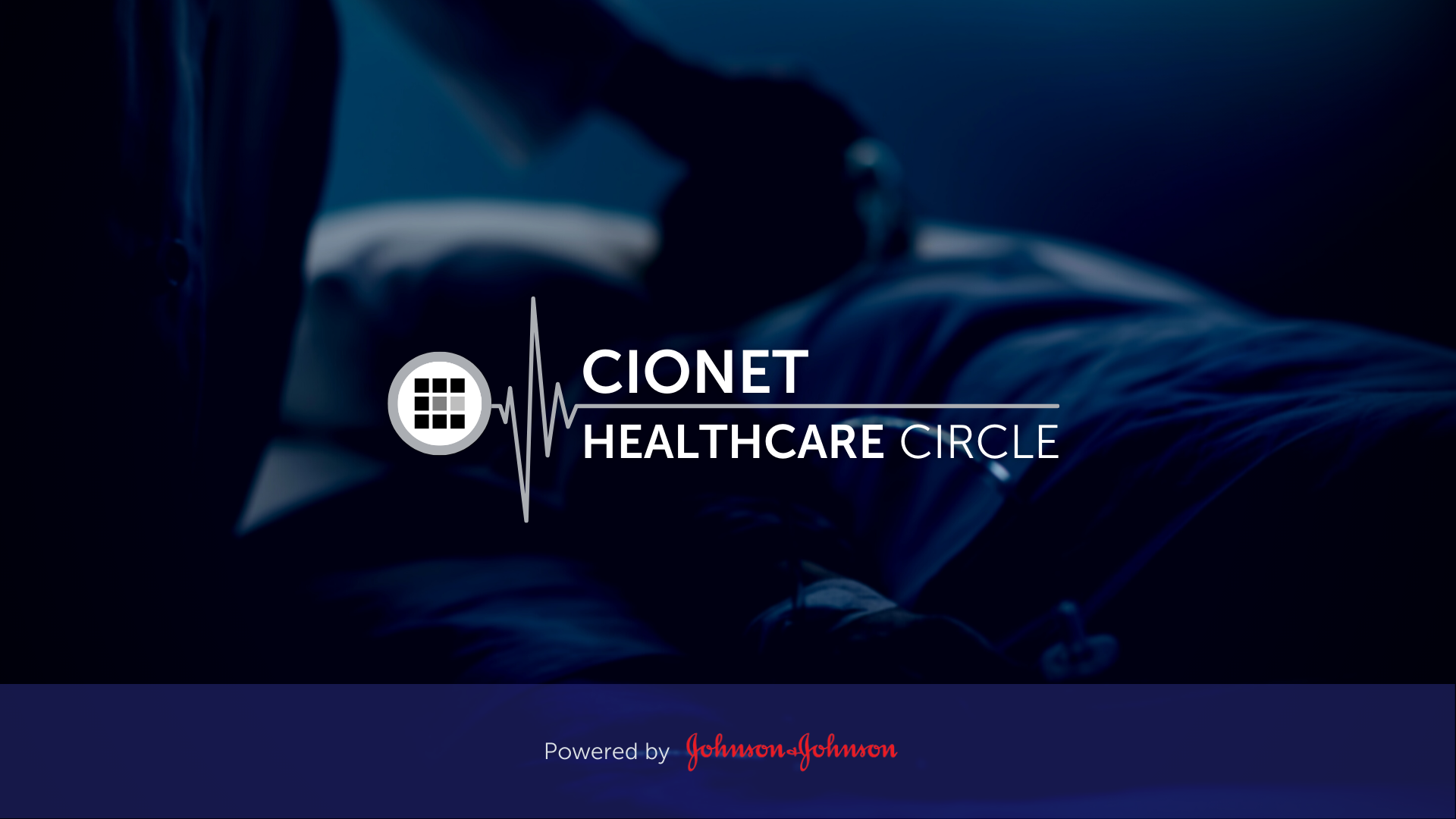
Digital Transformation is redefining the future of health care and health delivery. All stakeholders are convinced that these innovations will create value for patients, healthcare practitioners, hospitals, and governments along the patient pathway. The benefits are starting from prevention and awareness to diagnosis, treatment, short- and long-term follow-up, and ultimately survival. But how do you make sure that your working towards an architecturally sound, secure and interoperable health IT ecosystem for your hospital and avoid implementing a hodgepodge of spot solutions? How does your IT department work together with the other stakeholders, such as the doctors and other healthcare practitioners, Life Sciences companies, Tech companies, regulators and your internal governance and administrative bodies?
Read More
The Telenet Business Leadership Circle powered by CIONET, offers a platform where IT executives and thought leaders can meet to inspire each other and share best practices. We want to be a facilitator who helps you optimise the performance of your IT function and your business by embracing the endless opportunities that digital change brings.
Read More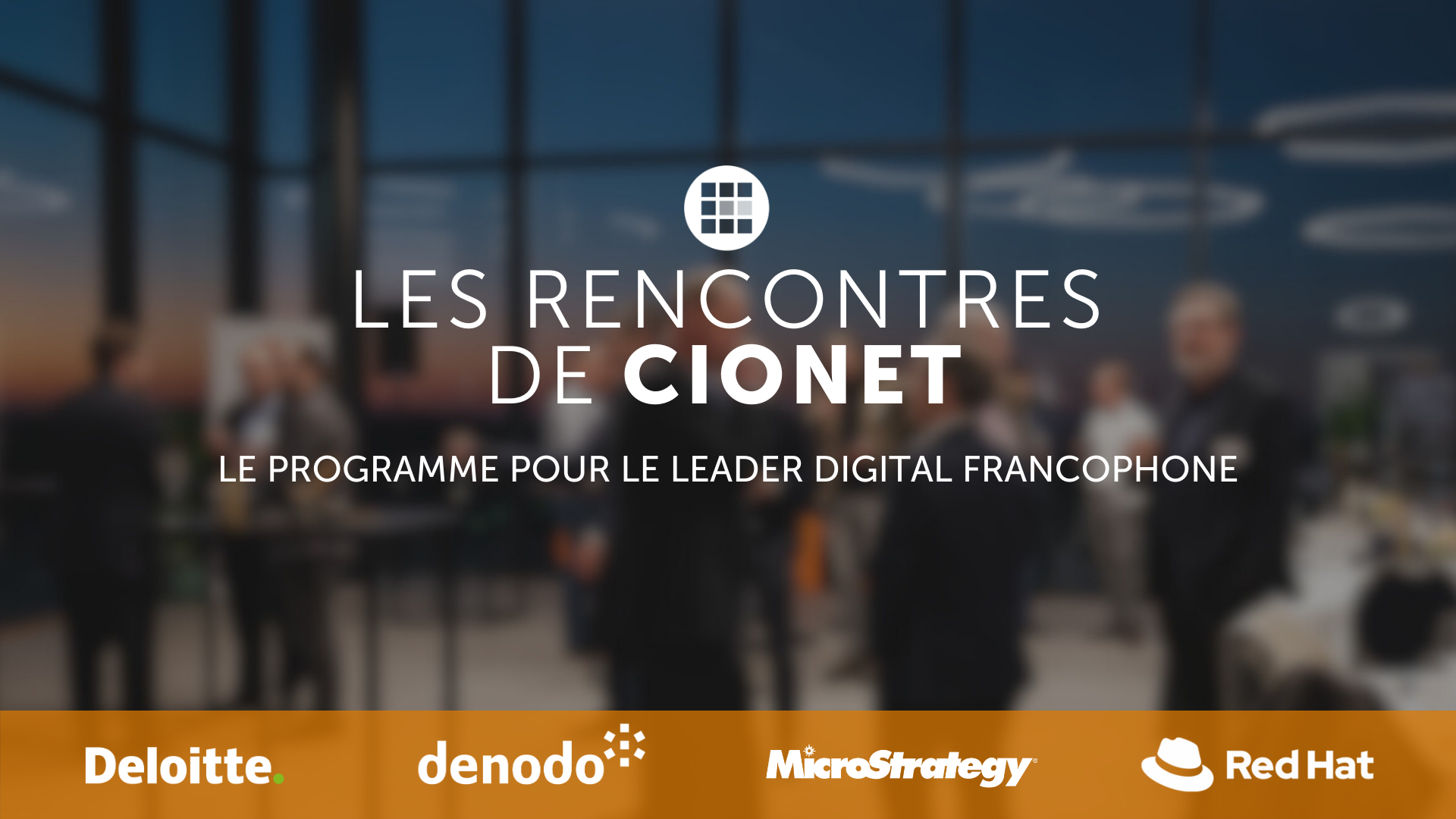
Découvrez la dynamique du leadership numérique aux Rencontres de CIONET, le programme francophone exclusif de CIONET pour les leaders numériques en Belgique, rendu possible grâce au soutien et à l'engagement de nos partenaires de programme : Deloitte, Denodo et Red Hat. Rejoignez trois événements inspirants par an à Liège, Namur et en Brabant Wallon, où des CIOs et des experts numériques francophones de premier plan partagent leurs perspectives et expériences sur des thèmes d'affaires et de IT actuels. Laissez-vous inspirer et apprenez des meilleurs du secteur lors de sessions captivantes conçues spécialement pour soutenir et enrichir votre rôle en tant que CIO pair. Ne manquez pas cette opportunité de faire partie d'un réseau exceptionnel d'innovateurs numériques !
Read More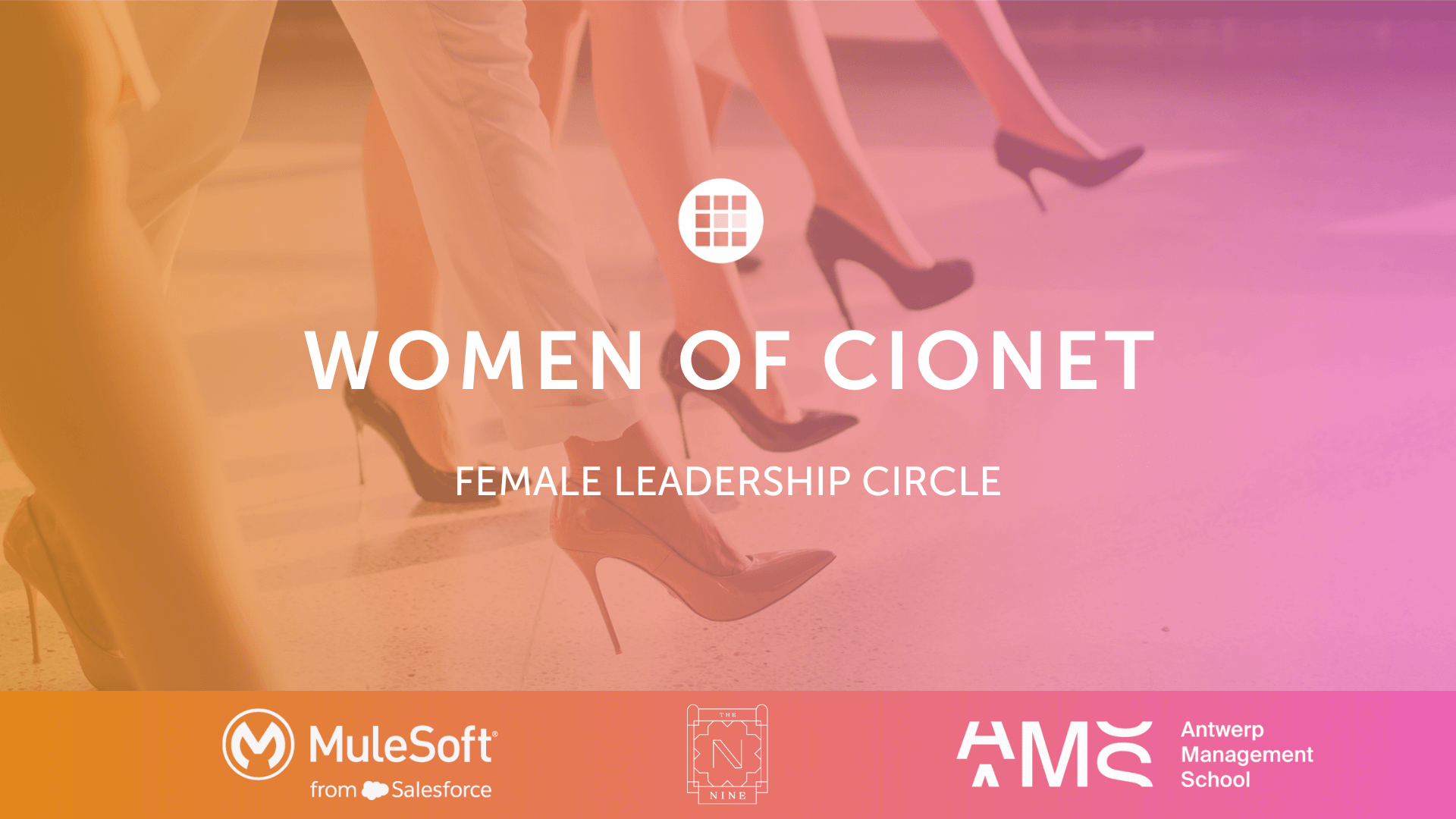
CIONET is committed to highlighting and celebrating female role models in IT, Tech & Digital, creating a leadership programme that empowers and elevates women within the tech industry. This initiative is dedicated to showcasing the achievements and successes of leading women, fostering an environment where female role models are recognised, and their contributions can ignite progress and inspire the next generation of women in IT. Our mission is to shine the spotlight a little brighter on female role models in IT, Tech & Digital, and to empower each other through this inner network community.
Read More
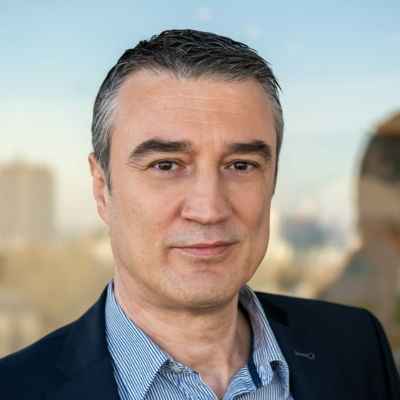

-Apr-01-2022-10-58-34-57-AM.png)




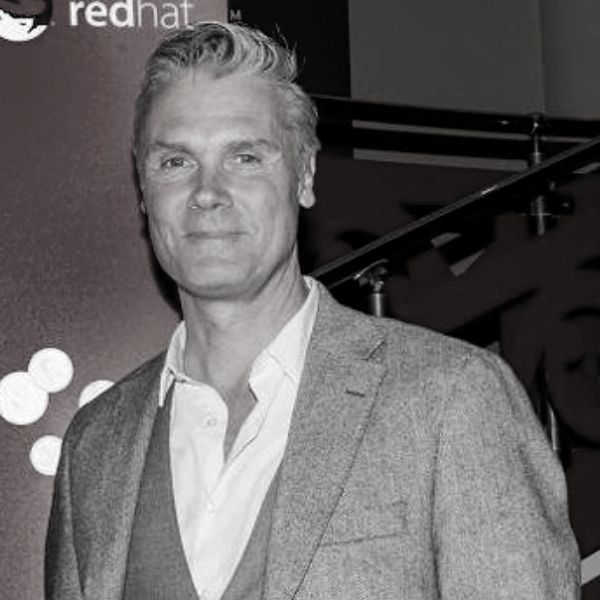
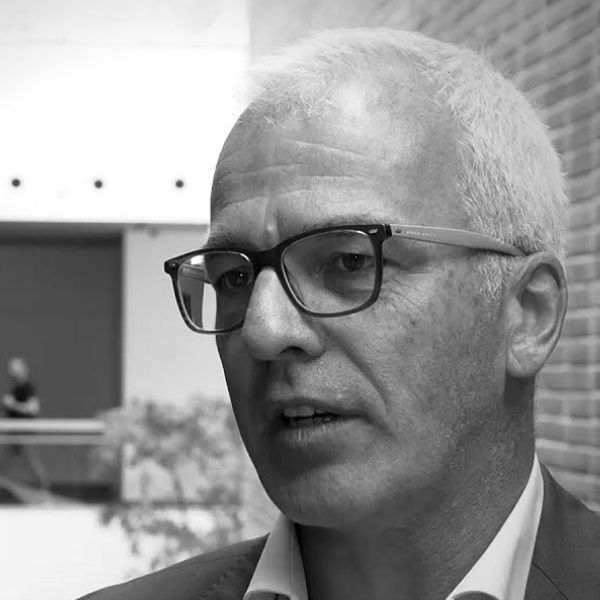





-Dec-13-2023-10-53-15-5032-AM.png)




-Jun-12-2023-01-23-11-7540-PM.png)

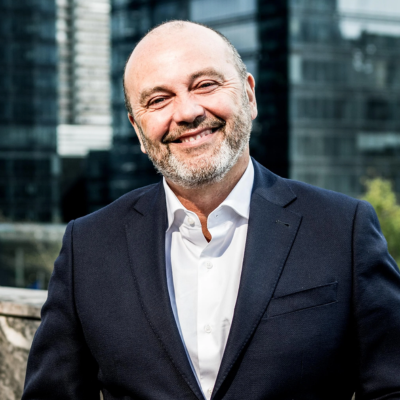



-Apr-01-2022-10-58-34-68-AM.png)
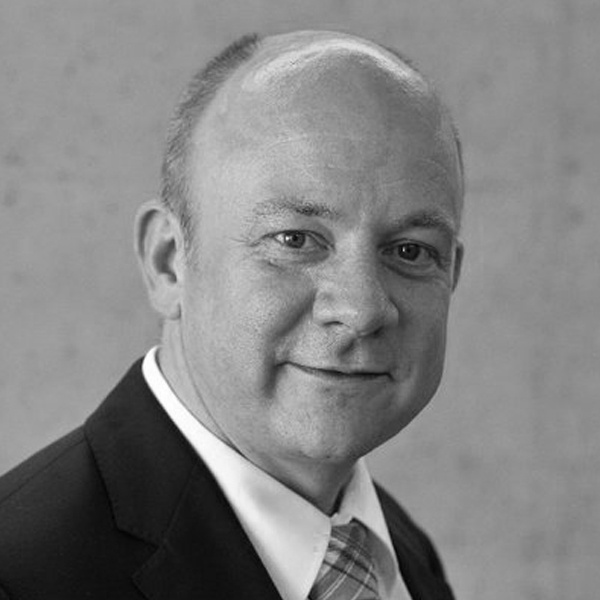
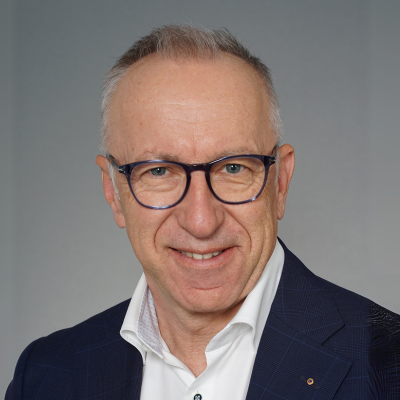




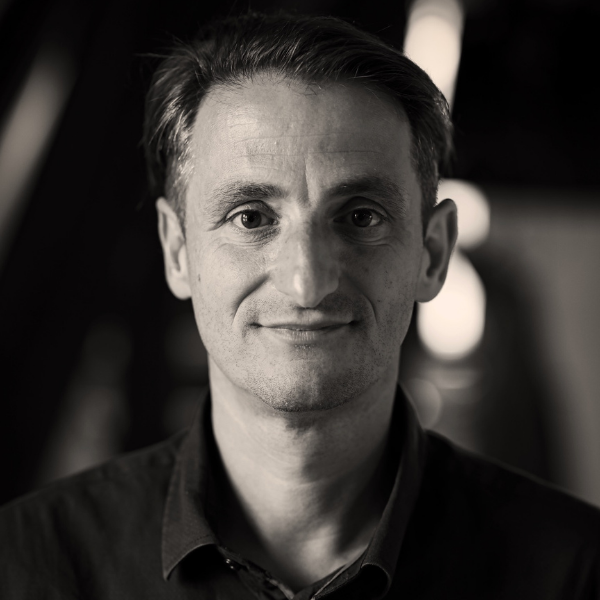


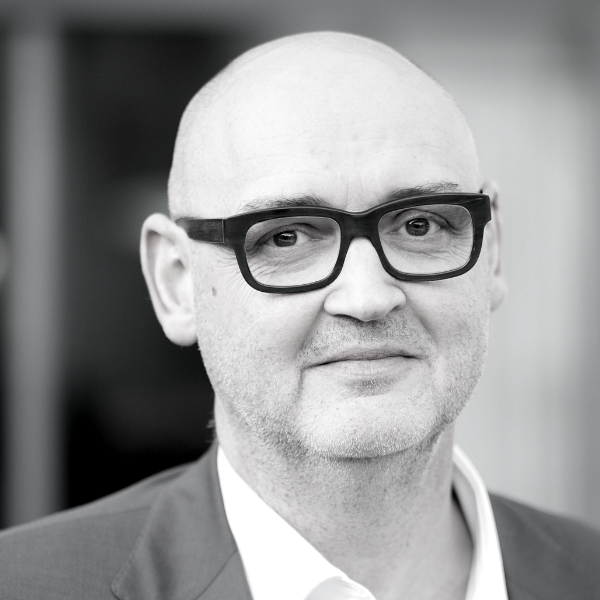
-2.jpg)




-Sep-01-2022-02-47-55-60-PM.png)
-Nov-22-2023-08-56-42-6802-AM.png)
.png)
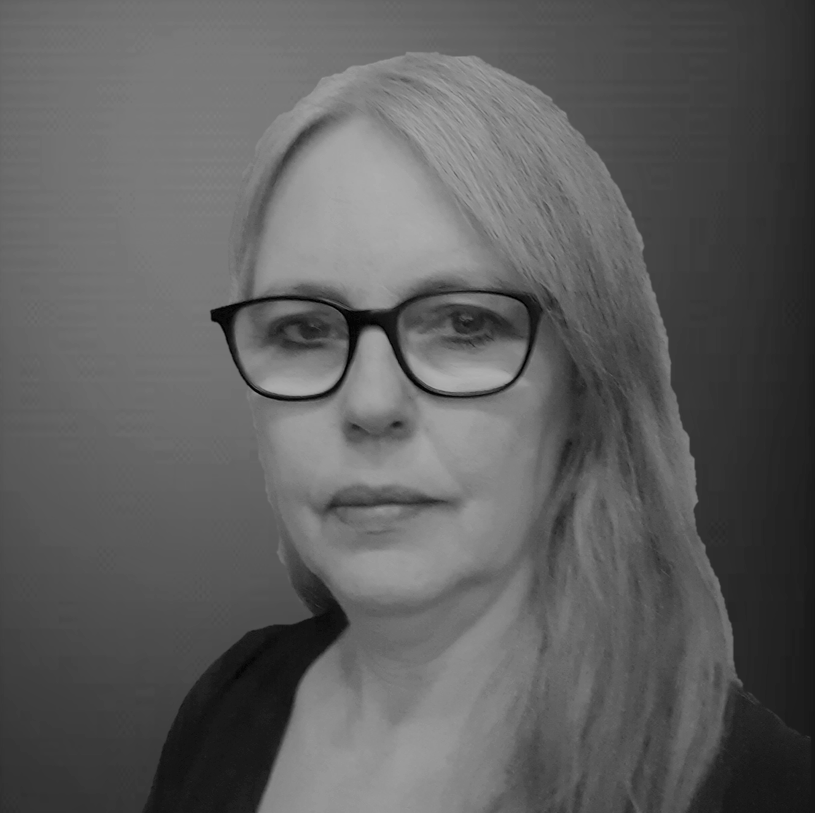
Would you like to know more about CIONET Belgium, membership or partnership opportunities? Do you have feedback or any other question? Send us a message!
You can either send us a registered handwritten letter explaining why you'd like to become a member or you can simply talk to us right here!